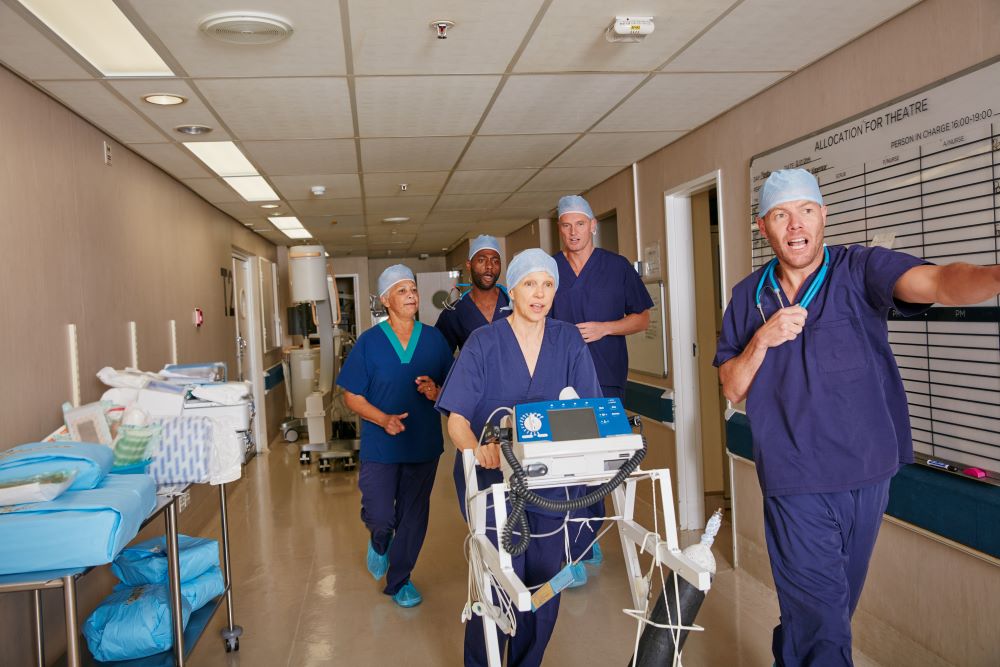Last Updated on December 17, 2024 by Michelle Wan
Surgical errors and anesthesia errors are among the most devastating forms of medical malpractice. Patients trust healthcare providers to deliver safe, effective treatment during surgeries, but mistakes can happen when medical teams fail to meet the appropriate standard of care. These errors can result in severe injuries, long-term complications, and even death.
This article explores the types of surgical and anesthesia errors, their causes, potential consequences, and how affected patients can seek justice and compensation.
What Are Surgical Errors?
Surgical errors are preventable mistakes that occur during a surgical procedure. Unlike common surgical risks, these errors are often the result of negligence or failure to follow established protocols.
Common Types of Surgical Errors:
Wrong-Site Surgery
Performing surgery on the wrong part of the body, such as operating on the left leg instead of the right leg.
Wrong-Patient Surgery
Operating on the wrong patient due to identification mix-ups or miscommunication.
Leaving Surgical Instruments Inside the Body
Items like sponges, clamps, or scissors may be unintentionally left inside the patient after surgery, leading to infections and other complications.
Nerve or Organ Damage
Accidental injury to nearby nerves, tissues, or organs during the operation.
Infections Due to Unsterilized Equipment
Using contaminated tools or failing to maintain a sterile environment increases the risk of life-threatening infections.
Incorrect Procedures
Performing an unnecessary procedure or failing to complete the correct surgery.
What Are Anesthesia Errors?
Anesthesia errors occur when an anesthesiologist or medical team fails to administer or monitor anesthesia properly during surgery. Anesthesia is critical for pain management and patient safety, but errors can have severe consequences.
Common Types of Anesthesia Errors:
Dosage Mistakes
Administering too much or too little anesthesia can lead to complications such as brain damage, heart problems, or awareness during surgery.
Failure to Monitor
Anesthesiologists must carefully monitor the patient’s vital signs during surgery. Failure to respond to distress signals like oxygen deprivation can result in hypoxic brain injuries.
Allergic Reactions
Failing to review a patient’s medical history can lead to undetected allergies to anesthesia drugs.
Intubation Errors
Improper placement of breathing tubes can cause airway blockages, oxygen deprivation, or trauma to the throat.
Delayed Administration
Providing anesthesia too late or at inappropriate intervals may cause unnecessary pain or surgical complications.

Causes of Surgical and Anesthesia Errors
Surgical and anesthesia errors often occur due to preventable mistakes that stem from negligence, lack of training, or breakdowns in communication. Common causes include:
Miscommunication
Poor communication between the surgical team, anesthesiologist, and nurses can lead to errors such as operating on the wrong site or administering incorrect dosages.
Inadequate Preoperative Planning
Failing to verify patient information, allergies, or medical history before surgery increases the risk of errors.
Fatigue or Distraction
Surgeons and anesthesiologists often work long hours, which can impair their focus and decision-making abilities.
Inexperienced Staff
Lack of experience or improper training can contribute to errors during complex surgeries.
Equipment Failures
Malfunctioning monitors, defective instruments, or failure to sterilize tools can jeopardize patient safety.

Failure to Follow Protocol
Ignoring safety checklists and established medical guidelines can result in avoidable mistakes.
Consequences of Surgical and Anesthesia Errors
The impact of these errors can be devastating for patients and their families. Consequences may include:
Physical Injuries
Permanent nerve damage, organ damage, paralysis, or disfigurement.
Infections
Serious infections caused by retained objects or unsterilized equipment.
Brain Damage
Oxygen deprivation during anesthesia can result in hypoxic-ischemic encephalopathy (HIE) or permanent brain injuries.
Prolonged Recovery
Patients may require additional surgeries, extended hospital stays, and intensive rehabilitation.
Emotional Distress
The trauma of surgical errors can lead to anxiety, depression, and fear of future medical procedures.
Wrongful Death
In severe cases, surgical or anesthesia errors can tragically lead to a patient’s death.
Legal Rights for Victims of Surgical and Anesthesia Errors
Patients and families affected by surgical or anesthesia errors may be eligible to pursue legal action through a medical malpractice claim. This process allows victims to seek compensation for damages, including:
- Medical Expenses: Costs for additional surgeries, therapies, and ongoing medical care.
- Lost Wages: Compensation for time off work or reduced earning capacity.
- Pain and Suffering: Financial relief for physical pain and emotional distress.
- Funeral Expenses: In wrongful death cases, families may seek compensation for burial costs.
Proving Medical Malpractice
To file a successful malpractice claim, your attorney must prove the following:
Standard of Care
Demonstrate the level of care that a competent medical professional would have provided in similar circumstances.
Breach of Duty
Show that the healthcare provider failed to meet the standard of care, resulting in the error.
Causation
Prove that the surgical or anesthesia error directly caused the injury or harm.
Damages
Provide evidence of the physical, emotional, and financial damages suffered.
How Thomas & Wan LLP Can Help
If you or a loved one has been harmed by a surgical or anesthesia error, Thomas & Wan LLP is here to help. With over 55 years of combined experience in medical malpractice cases, our dedicated attorneys fight for justice and compensation for families affected by preventable medical errors.
We offer:
- Free Consultations: Assess your case at no cost or obligation.
- Thorough Investigation: Work with medical experts to uncover negligence.
- Compassionate Representation: Support and guide you through every step of the legal process.
Surgical and anesthesia errors are serious forms of medical malpractice that can lead to lifelong complications or loss. By understanding the causes, consequences, and legal options available, families can take action to hold healthcare providers accountable and secure the support they need for recovery.
If you suspect you or a loved one has been a victim of surgical or anesthesia negligence, contact Thomas & Wan LLP today for a free consultation. Let us help you seek justice and ensure your voice is heard.








